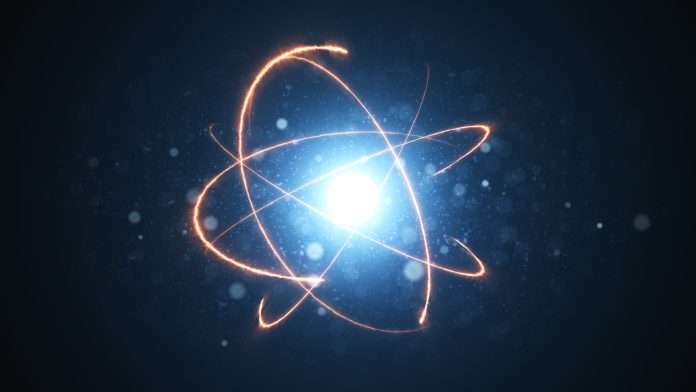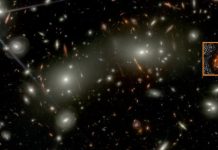The theory of everything: New quantum theory research from Aalto University could bring together the four fundamental forces of nature under a singular framework
Scientists Mikko Partanen and Jukka Tulkki have developed a new quantum theory of gravity that will bring modern physics closer than ever to the “Theory of Everything.’
Understanding the Theory of Everything
The theory of everything describes a hypothetical singular, all-encompassing, coherent theoretical framework of physics that fully explains and links together all aspects of the universe.
For decades, physicists have struggled to reconcile the two major theories that describe the universe: Einstein’s general relativity, which explains gravity and large-scale structures like planets and galaxies, and quantum field theory, which governs the microscopic world of particles and forces.
Both of these theories have proven accurate in their own way but conflict with each other; until now, finding a way to combine them has been difficult.
Combining the two major theories
The new theory, published in Reports on Progress in Physics, reveals a new way of solving this problem.
Instead of using the traditional spacetime-based symmetry of general relativity, the researchers developed a new framework that describes gravity as a “gauge theory”, a theory already used to explain the other three forces of nature: electromagnetism and the strong and weak nuclear forces.
This new approach makes gravity mathematically compatible with the Standard Model of particle physics, which controls the other forces.
Gauge theories work by describing how particles interact through force fields. For example, electrically charged particles interact through the electromagnetic field.
The new theory proposes that particles with energy similarly interact through the gravitational field. By aligning the symmetries of gravity with those of the Standard Model, the researchers have created a promising foundation for bringing together all these forces.
This development could reshape our understanding of the universe’s most extreme environments, such as the interiors of black holes or the conditions just after the Big Bang, places where existing theories break down. A working quantum theory of gravity is important to understand these high-energy, high-gravity phenomena.
How accurate is the new hypothesis?
The researchers used renormalisation, a mathematical tool that eliminates infinities from equations, to make the theory manageable. So far, this technique has been shown to work for the first part of the calculations. However, it still needs to be proven that the method works for the entire theory at higher levels of complexity. Without this, the theory could still run into mathematical inconsistencies.
The authors are confident that the remaining hurdles can be overcome with further work. They have shared their findings with the broader scientific community, inviting other researchers to analyse, test, and build upon their work.
Although it may take years to confirm fully, the new theory lays the groundwork for answering some of physics’ most profound questions, including what happened in the earliest moments of the universe and what lies at the heart of black holes.
Just as Einstein’s theory of gravity led to technologies like GPS, this new theory could one day have transformative applications. For now, it shows an advancement in humanity’s desire to understand the cosmos’ deepest workings.











